Land rich and cash poor — I’m not sure where the saying originated, but here in South Carolina, I’m keenly aware of its meaning.
It’s a riddle-esque cliché that refers to an abundance of the former that’s in increasingly short supply and a scarcity of the latter, that’s manufactured daily. I happen to live in a small southern state where so much of who we are, the good and the bad of us, is wrapped up in the landscapes we inhabit.
Land rich; I was born in the middle of the state, the Midlands, a red-clay painted, soil eroded, rolling piedmont landscape broken up by farms and forestry, but mostly still rural when I left there in the late 1980’s. To the south of that middling place is the coastal plain. It makes up most of my home state and ranges from remnants of longleaf pine forests underlain by wiregrass and sometimes harboring endangered species like red-cockaded woodpeckers; to brackish and salt marsh teeming with waterfowl and wading birds, all the way to Atlantic surf line and sandy beaches, where a few unbuilt acres still exist to remind us of what wildness truly is.
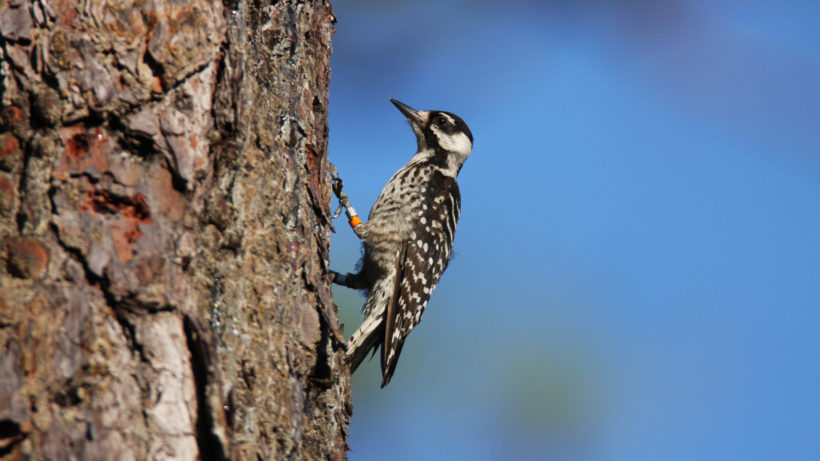
I currently live in the shadow of the Blue Ridge Mountains in the Upper Piedmont and while a few farms remain, much of this landscape (that’s not under a hydro-electric lake) is fracturing to development from burgeoning urban areas. Just north of me, not more than a 20-minute glide on a red-tail hawk’s wings, there are the mountains themselves. They aren’t lofty by montane standards. Sassafras Mountain is our highest peak at a little over 3600 feet.
Alongside the mountains and in between them are incised gorges that appear more tropical than temperate. Rich soils grow tulip poplar, basswood, oaks and hemlock to enormous sizes. Black bear is an increasingly common sighting and the humble heights of a South Carolina mountain day spent hiking, biking or birding attracts increasing numbers of people who want to “escape” to the wild.
From the mountains to the sea in South Carolina is about a 4-hour trek. That means I can have a trail breakfast and listen to ruffed-grouse in the Jocassee Gorges; drive south to Columbia and as I’m having a pulled pork sandwich lunch (vinegar pepper sauce and coleslaw, please), find longleaf pines with red-cockaded woodpeckers and Bachman’s sparrows; and on my way out of town, visit the state’s only national park, Congaree, and perhaps hear a Swainson’s warbler or two among the hundreds of hooded’s and northern parulas welcoming spring as I head south.
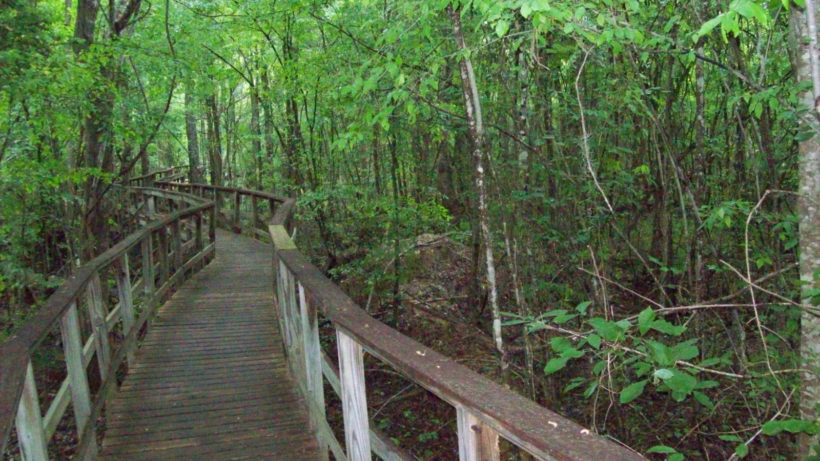
The coastal plain is expansive and so I have to make a couple of choices here: to head east towards the Pee Dee region and the Grand Strand, where Myrtle Beach draws millions in a tourist crush, but places like Hobcaw Barony, the Francis Marion National Forest, Huntington Beach State Park, or Cape Romain National Wildlife Refuge beckon.
Or do I head south and slightly southwest, to the ACE Basin, where fewer people dwell, but wildness rules among 1,000-year-old bald cypress in Audubon Beidler Swamp, and the old rice fields of Donnelly / Bear Island Wildlife Management Areas and Nemours Plantation remind us of connections to a painfully profitable plantation past.
At the end of the line, lying along the Savannah River and just before the Georgia state line, there are Savannah and Pinckney National Wildlife Refuges. On those diverse public holdings, you might encounter one hundred or more species of birds in a single day with swallow-tailed kites, roseate spoonbills, prothonotary warblers, bald eagles and wood storks highlighting the listing.
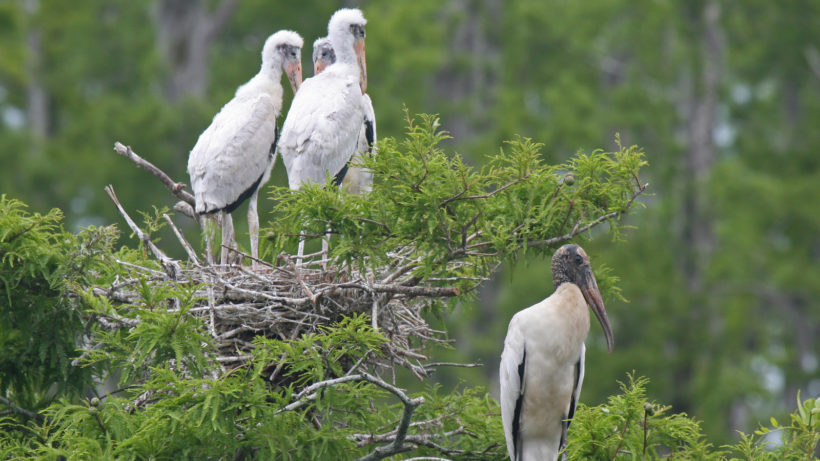
Each of the birds you see is a priceless treasure. It would be difficult to place anything other than a “priceless” tag on each one.
Their value, beyond the tens of millions that likely flow through the state in eco-tourism, lies in their inherent beauty and right to be, and then too, in the pleasure they give us in flight and song; the services they render as ecological indicators, pollinators, predators, and yes, for some that even find their way to the dinner table by luck and skill of some ethical sportsperson.
If the birds are priceless, then the lands that they are tied to by design — prothonotary warblers to blackwater swamp, yellow-breasted chats in old field thickets, brown pelicans on ocean shore, dunlin in pluff mud, and bobwhite in upland pine — are beyond imagining in valuation.
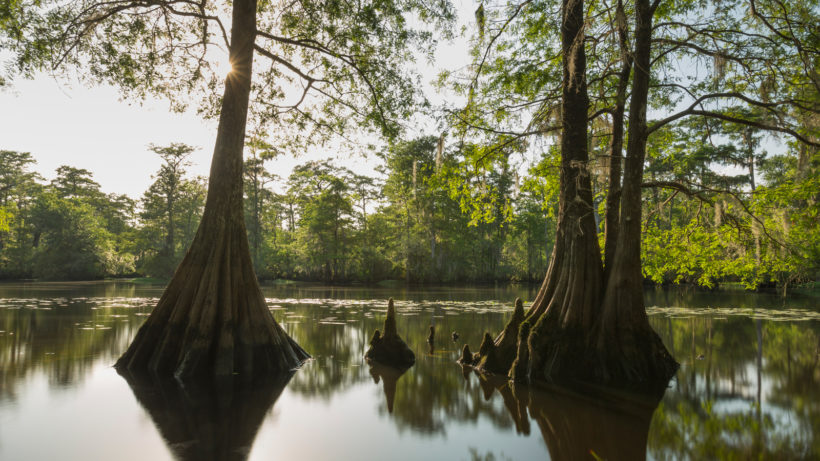
Of course, there are realtors and appraisers who specialize in just that very thing.
But then, the dollars they place are only ever a fraction of some parcel’s worth. Add in the cultural value, ecological ad valorem and the scale becomes inestimable. That is land rich.
So much buried in the soil and bound up in the trees and in good and bad memories that there is no one that could every truly own it outright.
It is soul enriching for me, a southerner who loves nature and all the good that it must bring, to know that there is something so deep in wildness that it cannot be owned. For me as a black southerner who loves nature, that freedom is worth a life’s weight in gold.
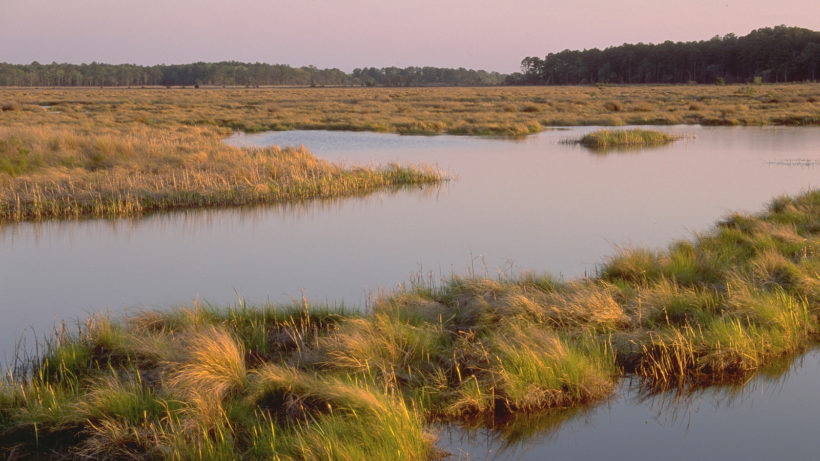
Land rich and cash poor; it’s a conservation conundrum that we seek to solve in ways both simple and complex.
There are lease agreements, easements, management plans, landscape models, land swaps, mitigations, cap and trade pacts and more. Each and every one is a tool in the box that helps us do the work of saving as much wild as we can.
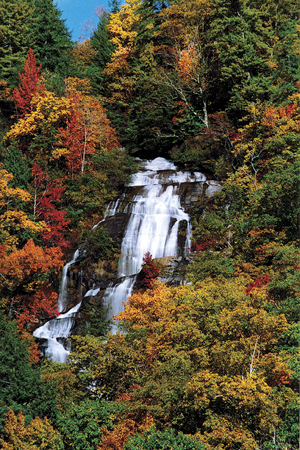
For me, though, I’m a simple kind. In my twenty-plus years in “the business” I’ve learned that conservation isn’t a widget making endeavor. It has become about something more than the land and the birds, alone.
It is about the connections we make between each and every one of them and ourselves. I define conservation as the mindset where one cares so deeply for something that he/she is willing to work heartfully and selflessly to save some of it for others you won’t ever know so that they can relish it in the future.
That’s conservation boiled down to its simplest four-letter sum for me; love.
It doesn’t fold and I can’t scan it or put it in my pocket or spend it, but by Jove I’ll take love and care to the bank all day and deposit it without pause or second thought of it bouncing.
I know eventually there’ll come a time for me to call on that account for the work ahead. It’ll sit in my heart’s vault gaining interest with each sunrise and sunset.
Barred owls calling at dusk and whitetail bucks rubbing at dawn, compound the sum. It’s transferable to anyone who’s willing to be inspired by moonlight on a marsh high tide. Call that cash poor if you will, but I am all in.




Reading Home Place right now– and so happy to find your beautiful words on Cool Green Science!